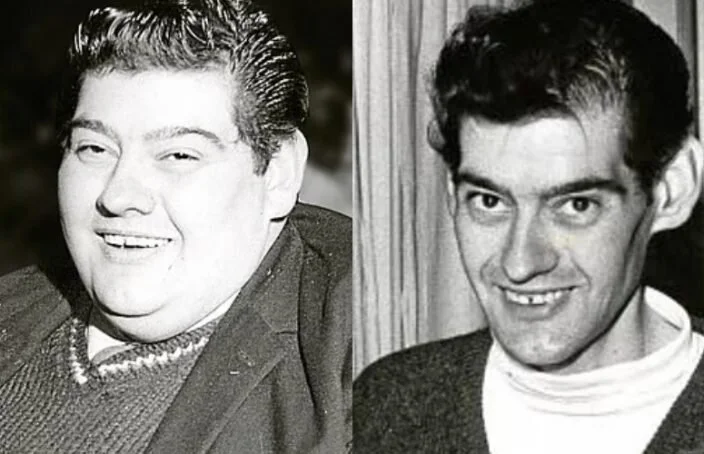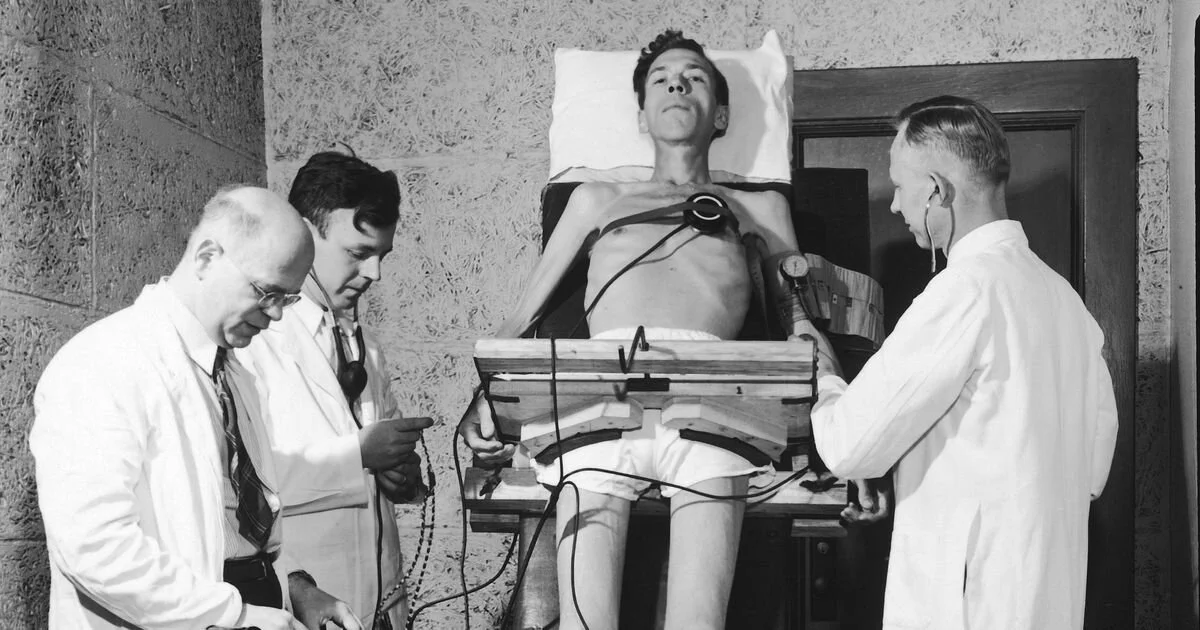The Real Reason You Arent Losing Weight.
I’ve written a few posts on this subject now and thought if I keep talking about the same thing, then why not make a longer blog about it that hopefully you can take something useful away from and use with your own struggles.
So here we are.
A lot of people have a lot of different reasons for deciding to lose weight. From wanting to feel better in their clothes, to having more confidence on nights out, taking pictures with their families, or even to feel good naked.
Sometimes it can be a mixture of all of them, but everyone has their reasons.
Maybe you just want to be harder to kill so that when the zombie apocalypse happens, you know you can twist the head off Shaun of the dead like popping a bottle cap off a San Miguel.. Just without the alcohol %.
One quick point is that when people say that they want to lose weight, what they usually mean is they want to lose body fat. Two completely different things which need to be straightened out first.
Body Fat = Amount of fat stored on your body.
Bodyweight = How much your body actually weighs.
Would you rather see the scales come down but not be able to fit into your favourite dress?
Or do you think you would prefer it if your clothes fit better but the scales didn’t move too much?
Think about that first.
But anyway, no matter what your reason for wanting to lose weight and/or body fat, its still comes down to the same principle of energy balance.
Now, what is energy balance?
It’s the principle of calories in vs calories out. How many calories are you putting into your body compared to the number of calories your body uses on a daily and weekly basis.
Calories in will come from food and drink.
But the calories out, comes from multiple different sources.
Take a little look at the page below from my calorie guide.
As you can see from the graph, 70% of your daily calories are burnt by you just being alive, with 15% from NEAT, 10% from TEF, and just %5 from EAT.
The two main takeaways from the above graph should be NEAT and EAT, the amount of energy you expend doing daily movements, and the amount you expend doing daily structured exercise.
You will burn 3x more from your non exercise activities throughout the day than you will from any time you spend in the gym or running… Which can be a big factor when trying to lose weight.
A lot of people are focusing on the wrong things, like the amount of time they spend in the gym, or going to classes, when in reality they would be much better off looking at how many steps they are getting in throughout the day.
By looking at your steps you can see how active you are, and how much of the day that you spend sitting down. If its under 5,000 steps per day, then chances are that you aren’t moving much, and that means that your NEAT isn’t where you want it to be so the first step should be to up this.
STOP THINKING ABOUT 10,000 STEPS!
You should see where your steps are currently and then adjust from there. Only hitting 5,000 a day? Maybe you should try 5,500 for the rest of the week. Only hitting 8,000? Then maybe 9,000 everyday next week would be more appropriate.
There is nothing magic about 10,000 steps, its just become this standard that everyone thinks they need to hit because they see other people do it.
Focus on you, not anyone else.
Alongside that, if your main goal is fat loss, then looking at how many calories you are putting into your body on a daily/weekly basis should go hand in hand with it.
Here is a TDEE calculator where you can work out your daily calories:
https://www.calculator.net/tdee-calculator.html
Don’t worry about what equation you should be using or whether you are eating the right calories for your weight, just get your details into that link and get a number to start with.
Once you have your TDEE you can then decide how much of a deficit to put yourself in, and this is the best way to make sure you succeed. For some reason everyone has this magic number of 500kcals in their head, but this is not what you should be aiming for.
We should be working in percentages and making sure that it fits in with your life.
15%, 20%, or 30% will be a good starting point.
Take your TDEE, Divide it by 100, and then times it by 15/20/30 and here are 3 different calorie amounts that you could use to minus from your TDEE and make progress.
The smaller the deficit, the more you can eat and still lose weight, it’ll just take a bit of time to see changes.
The larger the deficit, the less food you can consume but you’ll see results faster.
There are pros and cons to each, and without knowing your personal circumstances, then that is something that you must decide for yourselves. Just make sure whatever you choose is something that you can actually stick to!
There’s not much point in giving yourself a 30% deficit each day, but only being able to stick to it 1/7.
Looking at your calories over a week would probably be a better idea also, as this allows for different calorie targets throughout the days of the week. Know that you usually have a takeaway and a few beers on a Saturday? Work out how many calories you can have per week first, and then minus the calories from the takeaway and beers from it.
From there you can divide by 7 and give yourself a new daily amount that takes that takeaway and alcohol into consideration to make sure it doesn’t affect your goals.
In conclusion, there is only one way that your body will lower its body fat levels..
That is by creating a calorie deficit.
There are no ifs, ands, or buts about this. A Calorie deficit is number 1.
This can be created but putting fewer calories into your body, and by moving more on a daily basis to expend more calories.
The gym is great for building muscle and getting that toned look that everyone talks about.
But as far as fat loss goes? It’s pretty rubbish, and you can get much better results by looking at calories and steps first, and then supplementing with the gym.
If you still don’t believe calories in Vs calories out is always the reason you lose weight, then I want to show you the story of Angus Barbieri's fast.
Angus turned up to a hospital in Dundee one day, fed up with being the weight he was and wanting to make a change. So under the guidance of Doctors, he went on a 382 day fast and lost over 128kg in that time.
I think you can see the result he got from the picture above.
Angus body did not think he was starving himself and hold onto calories.. He literally ate nothing apart from vitamins to keep his immune system healthy, and his body did the work of losing the body fat.
Still don’t believe me about the calories? Here’s a study that’s famously known as the “Minnesota Starvation Experiment”.
From Wikipedia: “the Minnesota Starvation-Recovery Experiment and the Starvation Study, was a clinical study performed at the University of Minnesota between November 19, 1944 and December 20, 1945. The investigation was designed to determine the physiological and psychological effects of severe and prolonged dietary restriction and the effectiveness of dietary rehabilitation strategies.”
Now there were a lot of psychological aspects to this trial but the facts around calorie restriction are what I want to point out.
“The men ate meals twice a day. One might be cabbage, turnips and half a glass of milk. On another day, it might be rye bread and some beans.
Like many hungry people in Europe, the men never had meat, and calories were set at 1,800 or less. The regime was tough - during the six months they were being starved, the men were expected to walk or run 22 miles (36 kilometres) every week, expending over 1,000 calories more than they consumed each day.
Those that remained lost about 25% of their weight, Their ribs stuck out through their skin - their legs were as thin as their arms used to be.”
If you’re struggling with your own weight loss, then please send me a quick email at Jamesnorris.pt@gmail.com and I’ll see if I can help you out!



